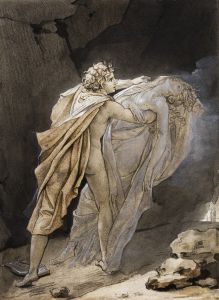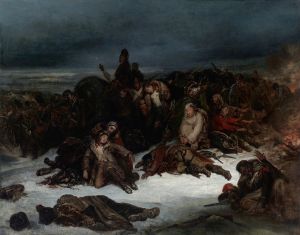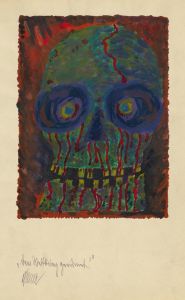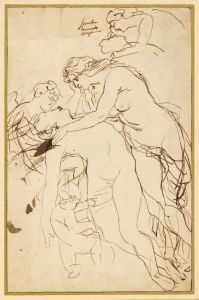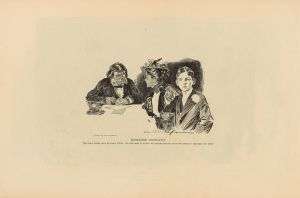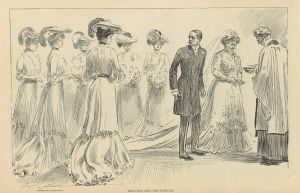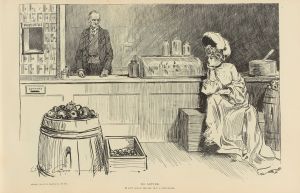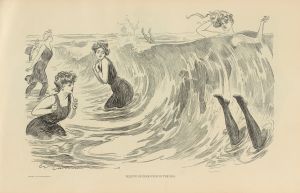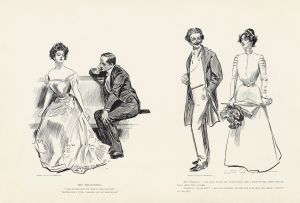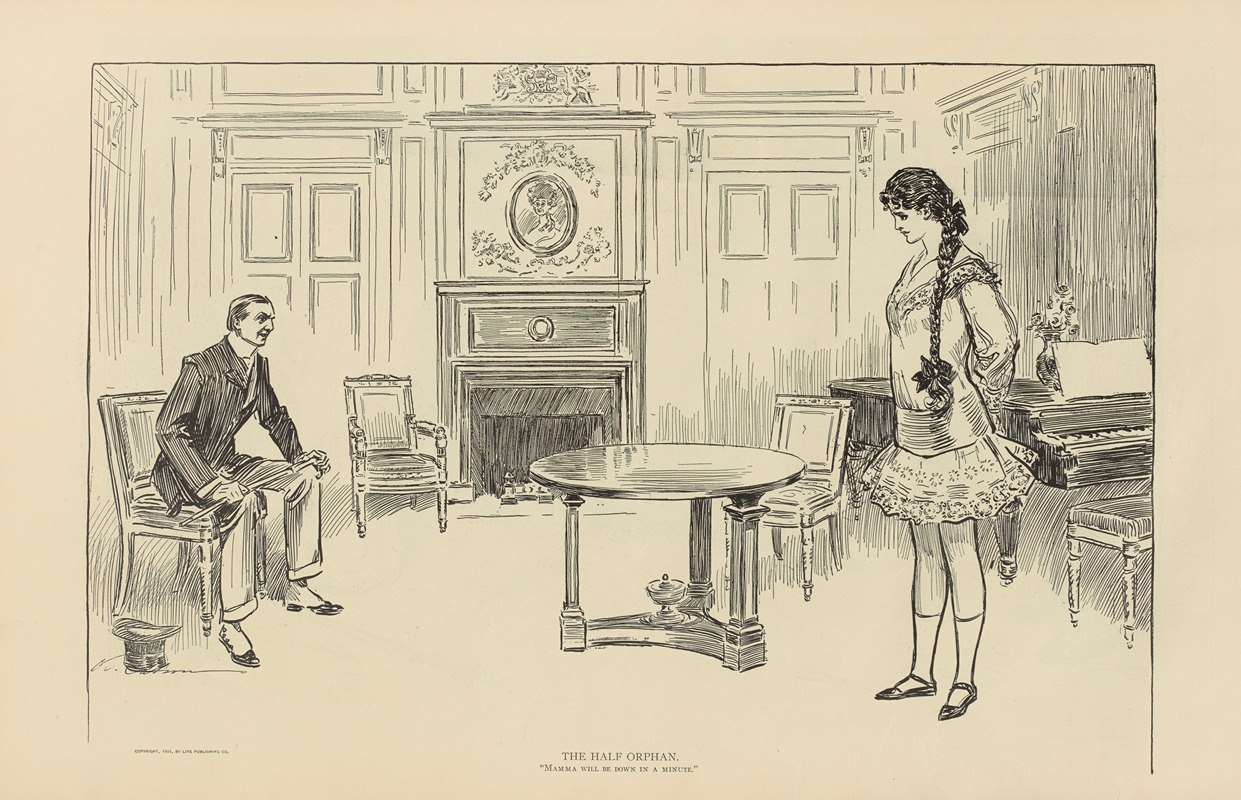
The half orphan
A hand-painted replica of Charles Dana Gibson’s masterpiece The half orphan, meticulously crafted by professional artists to capture the true essence of the original. Each piece is created with museum-quality canvas and rare mineral pigments, carefully painted by experienced artists with delicate brushstrokes and rich, layered colors to perfectly recreate the texture of the original artwork. Unlike machine-printed reproductions, this hand-painted version brings the painting to life, infused with the artist’s emotions and skill in every stroke. Whether for personal collection or home decoration, it instantly elevates the artistic atmosphere of any space.
Charles Dana Gibson was an influential American illustrator best known for his creation of the "Gibson Girl," an iconic representation of the American woman at the turn of the 20th century. Among his numerous works, "The Half Orphan" is one of his lesser-known illustrations, yet it still reflects his distinctive style and thematic concerns.
"The Half Orphan" is a black-and-white illustration that showcases Gibson's skill in pen-and-ink drawing, a medium in which he excelled. His illustrations were widely published in magazines such as Life, Harper's Weekly, and Scribner's, making him one of the most popular illustrators of his time. Gibson's work often depicted scenes of social life, capturing the nuances of American society with a keen eye for detail and a subtle sense of humor.
In "The Half Orphan," Gibson employs his characteristic style to convey emotion and narrative through minimalistic yet expressive lines. The illustration likely portrays a poignant scene involving a child who has lost one parent, a theme that resonates with the social issues of the era. During the late 19th and early 20th centuries, the United States experienced significant social changes, including shifts in family structures and the challenges faced by single-parent households. Gibson's work often reflected these societal dynamics, providing commentary on the evolving roles and expectations within American families.
Gibson's illustrations are notable for their ability to convey complex emotions and social commentary without the need for color or elaborate backgrounds. His mastery of line work allowed him to create depth and texture, bringing his subjects to life on the page. "The Half Orphan," like many of his works, demonstrates his ability to capture the human condition with empathy and insight.
While specific details about "The Half Orphan" are scarce, it is consistent with Gibson's broader body of work, which often explored themes of family, society, and the human experience. His illustrations were not just artistic expressions but also reflections of the cultural and social milieu of his time. Through his art, Gibson offered a window into the lives of everyday people, highlighting both their struggles and their resilience.
Gibson's influence extended beyond his illustrations; he played a significant role in shaping the visual culture of his era. The "Gibson Girl," for instance, became a cultural icon, representing the idealized image of the independent and modern American woman. Although "The Half Orphan" may not have achieved the same level of fame, it remains a testament to Gibson's talent and his ability to capture the essence of his subjects with grace and sensitivity.
In summary, "The Half Orphan" by Charles Dana Gibson is an illustration that exemplifies the artist's skill in portraying emotional depth and social themes through his distinctive pen-and-ink style. While specific information about this particular work is limited, it fits within the broader context of Gibson's oeuvre, which continues to be celebrated for its artistic and cultural significance.





